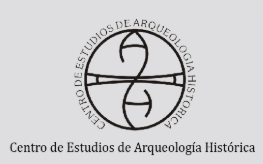White gold: the archeology of sugar in the Canary Islands. A state of affairs
White gold: the archeology of sugar in the Canary Islands. A state of affairs
DOI:
https://doi.org/10.35305/tpahl.v3i1.154Keywords:
Canary Islands, Archaeology, SugarAbstract
The 15th century saw the European conquest of the Canary Islands and their integration into the incipient commercial circuit between Europe, America and Africa. The introduction of sugar cane represented the first export crop of the insular economy, through its main product: sugar. Since the beginning of this century, gradual progress has been made in archaeological research and in the study of the material traces that sugar activity left on the islands, coinciding with a greater appreciation of the information that modern or historical archeology can provide. to historical knowledge. This article aims to offer a comprehensive view of the work carried out to date, as well as the reception by the Canarian society of the historical heritage related to sugar.







